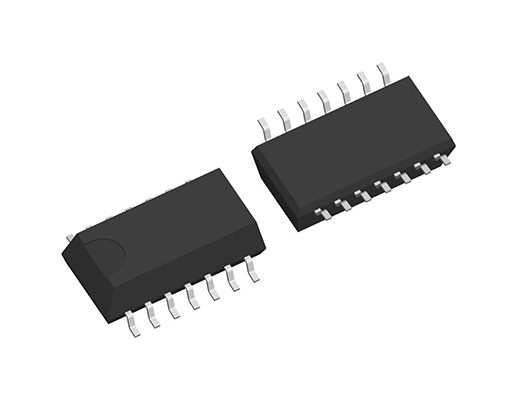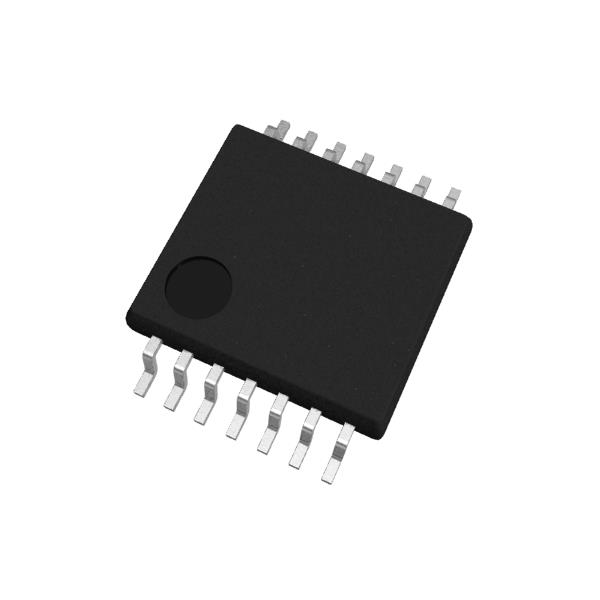NJM2902CA Series
Single-Supply Quad Operational Amplifier
- Download Datasheet
- ECAD Model: Learn more
-


Description
The NJM2902C / NJM2902CA consists of four independent, high gain, internally frequency compensated operation amplifiers, which were designed specifically to operate from a single power supply over a wide range of voltages. Operation from split power supplies is also possible and the low power supply current drain is independent of the magnitude of the power supply voltage. Application areas include transducer amplifiers, DC gain blocks, and all the conventional op amp circuits, which now can be more easily implemented in single power supply systems. For example, the NJM2902C / NJM2902CA can be directly operated off of the standard +5V power supply voltage, which is used in digital systems and will easily provide the required interface electronics without requiring the additional ±15V power supplies.
Spec
| Standard | |
|---|---|
| No.of Circuit | 4 ch. |
| Power Supply | Single |
| Supply Voltage | 3 V to 32 V |
| Supply Current (Per ch.) | Typ. 0.3 mA to max. 0.5 mA |
| Input Offset Voltage | Typ. 0.5 mV to max. 2.5 mV |
| Slew Rate | Typ. 0.6 V/μsec |
| Input Bias Current | Typ. 20 nA to max. 150 nA |
| Input Offset Current | Typ. 2 nA to max. 30 nA |
| GBW | Typ. 1.3 MHz |
| Noise Voltage (en) | Typ. 30 nV/√Hz |
| Wide Operating Temperature | -40°C to 125°C |
| Junction Temp. | 150°C |
| Min Stable Gain | 1 V/V |
| Package | SOP14 SSOP14 |
| Note(1) | Internal ESD protection Human body model(HBM) (±2000V typ.) |
Technical Documents
-
Design Support
-
SPICE model download
You can download the product's SPICE model. Login/registration to myNISD is required to download.
Quality & Packages
| Product Name | Compatibility | Package | Marking | Reliability |
|---|---|---|---|---|
| NJM2902CAG |
|
SOP14 | - | NJM-1-s-fr |
| NJM2902CAV |
|
SSOP14 | - | NJM-1-s-fr |
- Refer to the datasheets for the details on the product.
- The package file or the datasheet includes package dimensions, taping specifications, taping reels dimensions, power dissipations, and recommended land pattern.
FAQ
Buy / Contact
-
Purchase, Request for samples and documentsSales are made through distributors. Please contact your local distributors for any sales-related inquiry such as price.
-
Available from 1 piece!Our electronic device products are available through our authorized online distributors.
-
Technical Support













